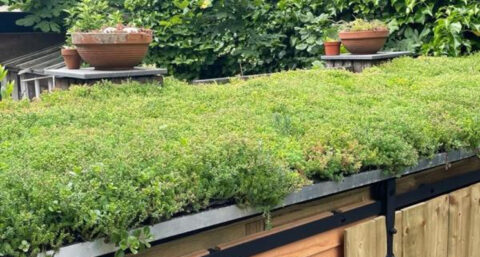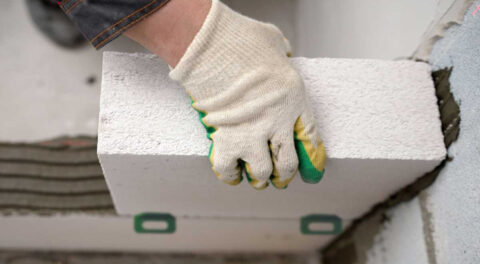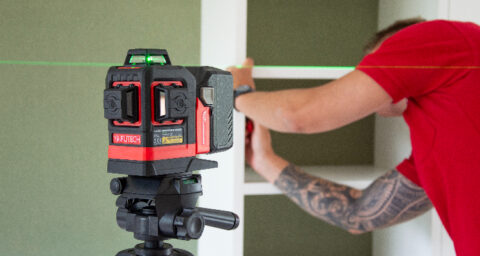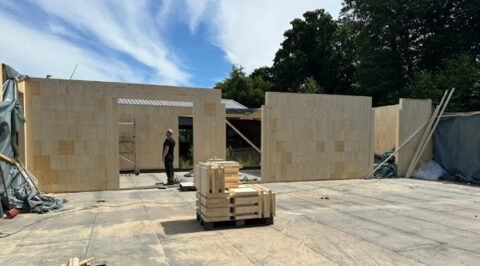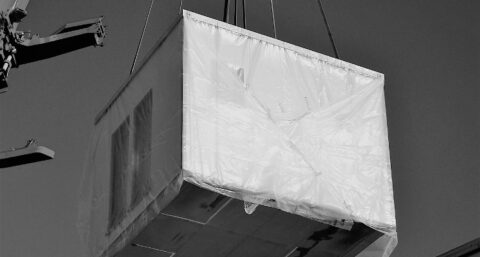Thermal insulation to keep heat in and cold out in the winter, and vice versa in the summer is in high demand. But insulation can also be a solution to noise nuisance. Depending on the source of the nuisance, sound insulation or acoustic insulation is needed.
Noise pollution is a major problem. It can occur within homes with wood floors, as well as penetrate through the walls. Noise that comes in from outside, such as from neighbors or an adjacent schoolyard or from traffic, is generally considered very disturbing. There are standards for noise.
Air or contact
Noise pollution can consist of airborne noise or through impact noise, and can also occur in combination. Airborne noise is caused by sound vibrations transmitted primarily through the air. Thin walls or interior walls, single panes of glass, as well as small gaps or holes can cause airborne noise nuisance.
Impact sound is sound that travels through building parts such as floors, stairs, and walls. Sounds from, for example, slamming doors, footsteps, and furniture sliding across a hard floor generate sound waves. These create a vibration in the floor and then travel through the rest of the building via walls and ceilings.
Measuring sound performance
If the noise performance of a room or building is unclear, an acoustic survey can show whether the applicable noise standards are being met. Such an investigation consists of a number of measurements. The results of the measurement are recorded in the acoustic report. The agency that conducts the study can also give advice on how to combat noise pollution. One of the tips will be to close existing sound leaks. Cracks at windows and doors are common leaks, but they can be easily fixed with a draft strip or strip of PUR. If there is more going on, other measures are needed.
Front or partition wall
Insulation for airborne noise is often done with a pre-wall or sound-insulating partition wall. Such an intervention is often included right away in a renovation project.
A pre-wall is a wall that comes "loose" in front of the existing wall and is then fitted with insulation material, such as sheets of glass or rock wool. Plasterboard is placed against that layer of insulation to finish the pre-wall.
In some cases, installing a soundproof partition wall is a better solution. Such a wall separates two rooms and is constructed of two layers of soundproof plasterboard with insulating material in between. The thicker the insulation layer, the better the partition wall will block airborne noise.
Floating screed or suspended ceiling
For noise pollution due to impact sound, installing insulation will ensure that the vibrations are absorbed. One solution is to install a floating screed. A layer of insulation material - such as a glass wool blanket or rock wool slabs - is then placed on top of the existing floor, followed by a new floor. It is important that the insulation covers the existing floor well and that there are no gaps. The edges of the new floor should just barely touch the walls.
Installing a suspended ceiling is another modification that works well against impact noise.



